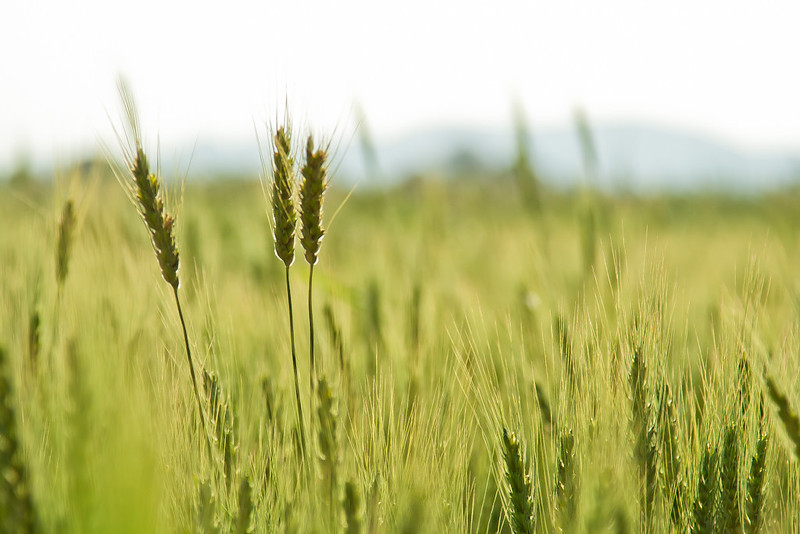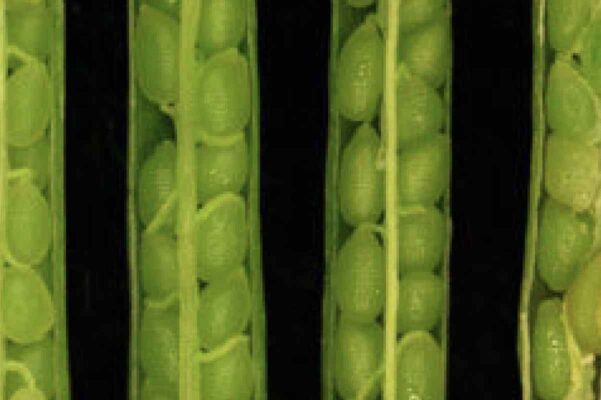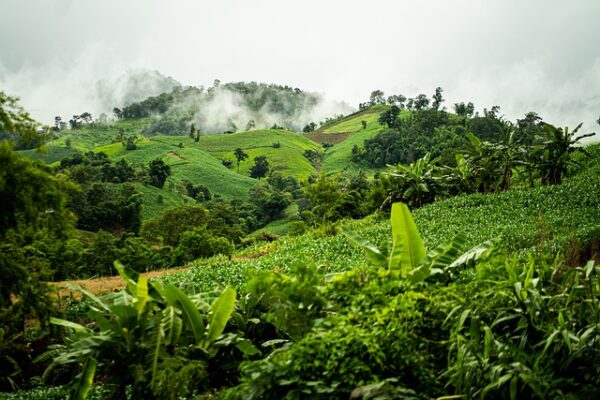
In a landmark discovery for global wheat production, an international team has sequenced the genomes for 15 wheat varieties representing breeding programs around the world, enabling scientists and breeders to much more quickly identify influential genes for improved yield, pest…
Read More











